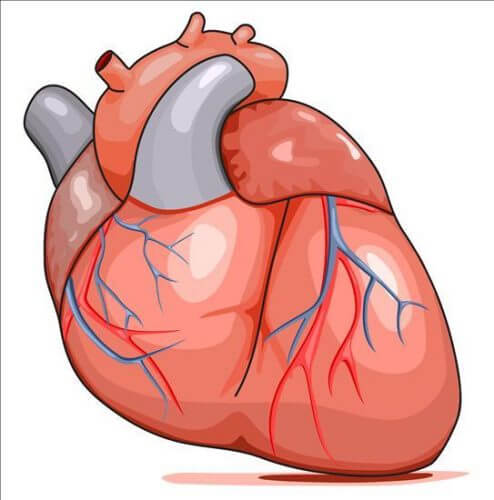The heart would work best if all the fibers could contract together - that is, in perfect timing - thus ensuring that each cell would contract with maximum force. Such a situation can lead to the fact that, in the end, there will be very strong and efficient heartbeats.

The romantic poet John Keats wrote about two hearts beating at the same time, but a single heart muscle cell may beat like more than two dozen cells - this is what scientists at the Weizmann Institute of Science, in collaboration with researchers from the University of Pennsylvania, discovered. In a recently published study In the scientific journal Nature Communications. The research made it possible to closely observe the mechanism of heart muscle cell contraction, both in normal and abnormal conditions, and clarified the relationship between heart muscle cell beats and their structural and mechanical properties. It may help in understanding the limitations of the currently existing treatments for heart rhythm irregularities, and may even point to ways to develop new treatments.
The heart muscle is made of clusters of cells, each of which contains fibers made up of repeating units. When the heart beats to pump blood, each fiber contracts, leading to cell contraction. The heart would work best if all the fibers could contract together - that is, in perfect timing - thus ensuring that each cell would contract with maximum force. Such a situation can lead to the fact that, in the end, there will be very strong and efficient heartbeats.
But a new theoretical model - developed by Prof. Shmuel Shafran, and the post-doctoral researcher Dr. Kingel Desvives, from the Department of Materials and Surfaces at the Weizmann Institute of Science - shows that the fibers shrink together only when the units of which they are composed, and the boundaries between these units, are coordinated These with these. Since only a few neighboring fibers are coordinated in this way, the coordinated fibers pulse together as one bundle, but each bundle pulses separately from the others - and without timing. As a result, no heart muscle cell necessarily beats as one unit, and the number of units that beat individually in each cell depends on the number of bundles, which may reach more than two dozen.
The theory, which is based on statistical physics, also predicted that coordination between the location of the fibers in the heart muscle cell would depend on the physical environment of the cell, and especially on the level of flexibility of the supporting structure, called the extracellular matrix. The alignment is maximum only when the structure is not too soft and not too hard. This prediction is made by calculating the various forces acting on a microscopic scale, and mainly the mechanical forces exerted by the neighboring fibers on each of the fiber units through the extracellular template.

Based on the assumption that only the fibers that are coordinated with each other pulse together, the scientists of the institute developed a quantitative explanation for the findings of the experiments carried out by their colleagues from the University of Pennsylvania, Prof. Dennis Disher and Dr. Stephanie Majkot. As part of their experiments, the scientists placed embryonic heart cells of chicks on surfaces with different levels of flexibility, and discovered that two completely different properties - the structural coordination of the fibers and the intensity of the cell's beating - depended on the stiffness of the surface. The model developed by the institute's scientists explained why and how the information on the structure corresponds to the pulse intensity measurements.
The model may explain how heart muscle cells coordinate with each other during fetal development, and how this coordination affects muscle activity in the adult heart. This effect indicates that the success of drugs, electrical pacemakers, and other measures to regulate the heart rate depends to some extent on the structural order of the heart muscle fibers. If the fibers are not coordinated - the success of these measures may be limited. Therefore, it is possible that in the future, thanks to the research findings, it will be possible to improve the treatment of heart diseases. For example, if the scientists grow new heart cells instead of those affected by the disease, it will be possible, perhaps, to control the development environment, so that their structure will be orderly, and, as Keats said, all their fibers will beat as one.
